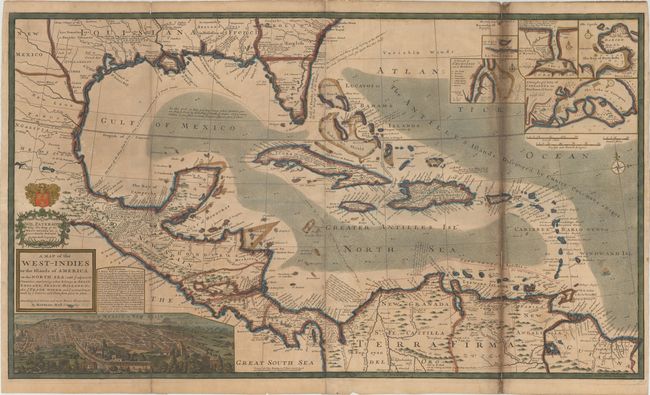Catalog Archive


Auction 171, Lot 340
NO RESERVE
"A Map of the West-Indies or the Islands of America in the North Sea; with ye Adjacent Countries; Explaning What Belongs to Spain, England, France, Holland &c...", Moll, Herman

Subject: Gulf of Mexico & Caribbean
Period: 1720 (circa)
Publication:
Color: Hand Color
Size:
39.8 x 22.9 inches
101.1 x 58.2 cm
Download High Resolution Image
(or just click on image to launch the Zoom viewer)
(or just click on image to launch the Zoom viewer)